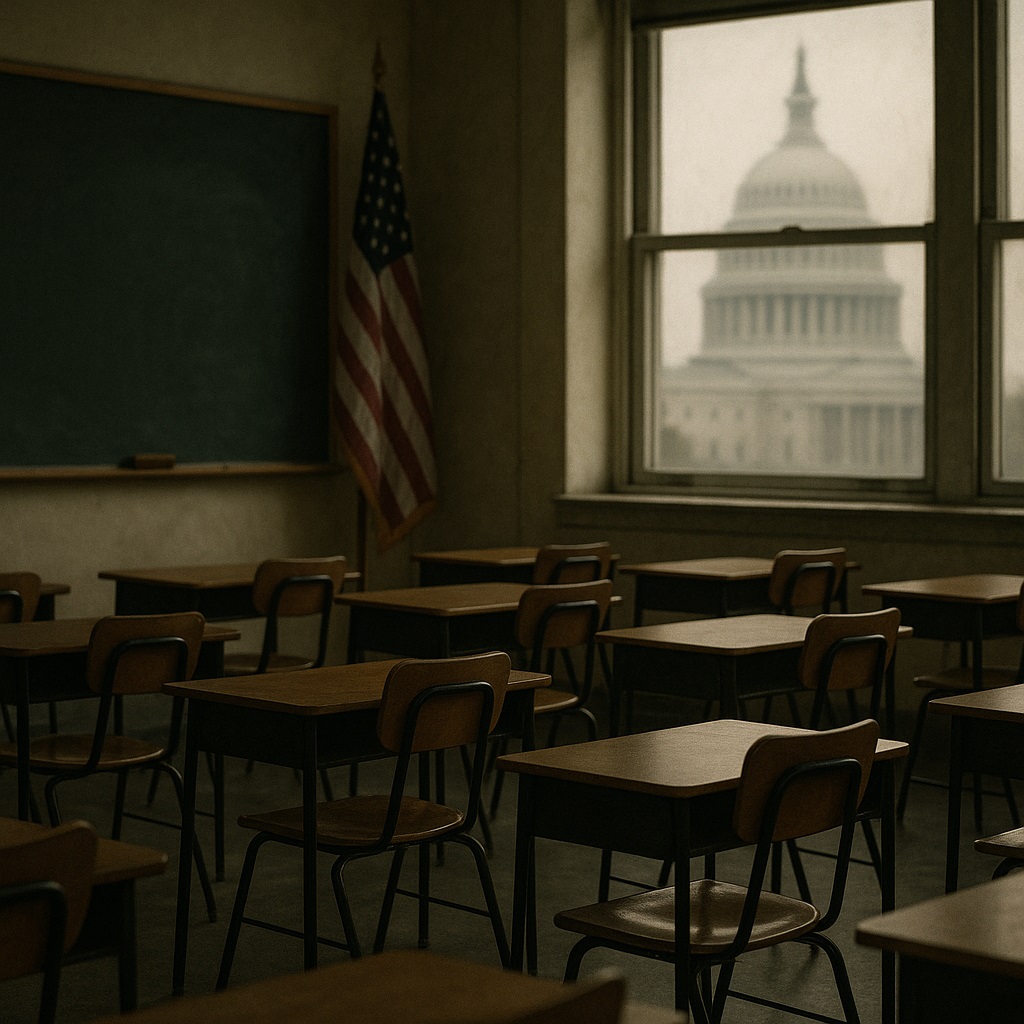
School Safety Politics refers to how policy debates, legislation, and political agendas influence how schools protect their students. While schools may install cameras, hire security staff, and hold safety drills, the real effectiveness of these measures depends on political decision-making.
When politics drives the agenda, student safety can become secondary to ideological battles. Debates about gun laws or staff training often overshadow investments in prevention programs and mental health support, leaving classrooms only partially protected.
Why School Safety Politics Still Matters
Lessons from Tragedies
Every tragedy sparks promises of reform. Yet meaningful action is often delayed or weakened by partisanship. Parents and educators are left wondering whether enough has truly been done to prevent the next incident.
Safety vs. Politics
Too often, School Safety Politics becomes more about campaign narratives than student protection. Practical, data-driven solutions get lost in rhetoric, creating a gap between what communities need and what lawmakers deliver.
Who Gets Left Behind in School Safety?
Underfunded Districts
Schools in low-income areas struggle to afford modern security systems or additional staff. Wealthier districts, by contrast, may benefit from advanced surveillance and stronger support networks.
Students Without Support
True safety extends beyond physical security. Many schools lack trained counselors, safe reporting systems, or bullying prevention programs, leaving vulnerable students without vital help.
True safety extends beyond physical security. Many schools lack trained counselors, safe reporting systems, or bullying prevention programs, leaving vulnerable students without vital help.
The Policy-to-Reality Gap
Even when new laws are passed, implementation varies. A state mandate without funding forces schools to cut corners or skip crucial updates entirely.
Solutions for Safer Schools
Mental Health First
Investing in trained counselors ensures every student has access to support. Strong mental health programs prevent crises before they escalate.
Funding That Lasts
Budgets for safety should be reliable and transparent, not temporary political talking points. This ensures resources go toward real protections like secure entry points, alarms, and staff training.
Collaboration Over Politics
Parents, teachers, and lawmakers must work together to create realistic plans. Their input keeps strategies practical and student-focused.
A Bipartisan Path Forward
School Safety Politics should not be partisan. Only bipartisan cooperation ensures effective, long-term protection across all districts.
Why Addressing School Safety Politics Matters
At its core, School Safety Politics is about trust. When politics overshadows safety, families lose confidence in public schools. Ensuring that classrooms are truly safe is not only about protection it’s about restoring faith in education as a place where students can learn without fear.
Related Resources
- Politics of Education K-12 by Lonnie Palmer – a deeper dive into how politics impacts American schools.
- Visit the Lonnie Palmer Blog – explore more insights on school reform and safety.
- Political Issues in Education – Read what are the political issues schools are facing.
FAQs
Q1. What does “School Safety Politics” mean?
It refers to the way political decisions and debates shape the policies schools adopt to keep students safe.
Q2. Are current safety measures enough?
Some schools have strong protections, but many lack comprehensive plans, particularly in counseling and mental health support.
Q3. How do politics interfere with safety?
Partisan conflicts often delay funding and weaken reforms, leaving schools without the resources they need.
Q4. Who suffers the most from weak policies?
Students in underfunded schools and those without access to emotional support services are most at risk.
Q5. What can improve school safety?
Reliable funding, stronger mental health services, bipartisan cooperation, and community involvement can create safer learning environments.